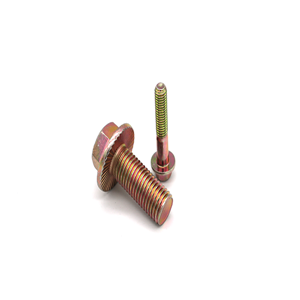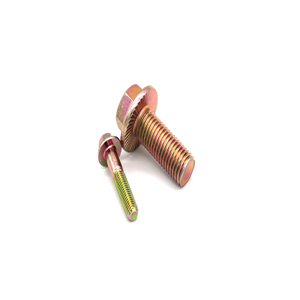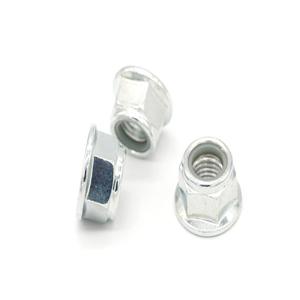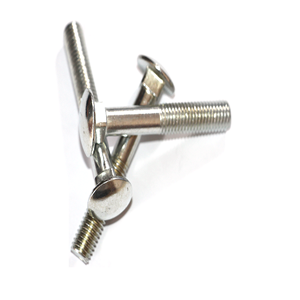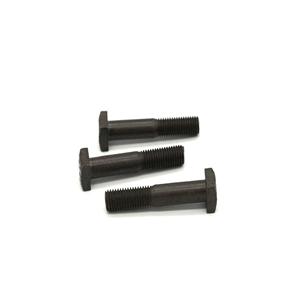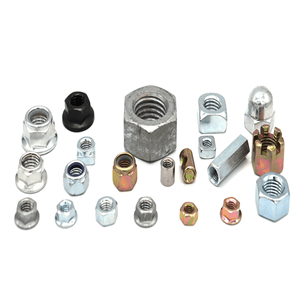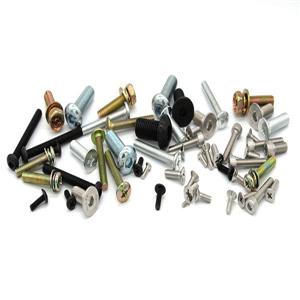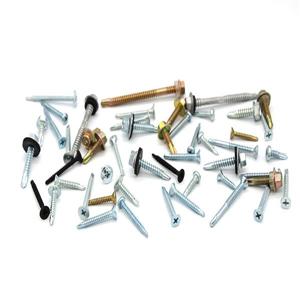-
0207-2021
Analysis of the causes of bolt fracture
1. Due to the material of the bolt, if the material we choose is better, then the quality of our bolt will be better. If we choose poor materials, then our bolts will break to a certain extent. 2. The strength of the bolt is not high enough. If the pressure on the bolt is greater than the strength of the bolt, the bolt will easily break. Therefore, when we use bolts, it is best to know how strong the bolt can withstand, so that we can choose a bolt higher than this strength, and the possibility of bolt breakage will be much reduced. 3. As a result of unqualified manufacturing, many bolts will be produced unqualified, so there is no way to display the quality of standard bolts, which will lead to bolt fracture to a certain extent. After we produce the bolts, we must go through testing, so that we can guarantee that the bolts are qualified before being sold. This is also the most basic guarantee for consumers. 4. Due to the fatigue strength of the bolt. The most common factor for bolts to break is due to the fatigue strength of the bolts. There is no problem when we use the bolts at the beginning, but after the work of the object, there may be a certain amount of looseness. If the work is loosened, the fatigue strength of the bolt will increase. When the bolt is reached, the fatigue strength of the bolt will increase. The limit of the bearing range, then the bolt will also break.
-
3103-2021
Hydrogen embrittlement of alloy steel bolts (3)
Hydrogen embrittlement fracture of bolts is a common form of failure. Because hydrogen embrittlement fracture is delayed and concealed, the damage it brings is much greater than the damage caused by other fractures. Since this century, hydrogen embrittlement fractures of alloy steel bolts have been commonplace, seriously hindering the normal development order of aerospace models, and have reached the level of "talking about hydrogen discoloration". In order to enable more scientific and technical personnel to understand the mechanism of hydrogen embrittlement, grasp the law of hydrogen embrittlement of bolts, and effectively prevent the occurrence of hydrogen embrittlement of bolts, the results of these studies are now written and introduced for readers' reference.
-
0108-2020
Concept of high temperature and high pressure fastener
Brief introduction of several common standards for high temperature and high pressure fasteners
-
0303-2020
Introduction to stainless steel fasteners (2)
Stainless steel standard parts have their own requirements for raw materials. Most stainless steel materials can be made into steel wire or bar for fastener production, including austenitic stainless steel, ferritic stainless steel, martensitic stainless steel, precipitation hardening stainless steel. So what are the principles when selecting materials?
-
2502-2020
Talking about the influencing factors of bolt tensile test ...
The tensile strength of a bolt refers to the maximum tensile force that the bolt can withstand before being broken in the axial direction. It is the critical value for the transition from uniform plastic deformation to locally concentrated plastic deformation, and it is also the maximum load under static tensile ability. The yield strength of a bolt refers to the phenomenon that the stress does not increase or fluctuates within a small range during the tensile test of the bolt, but the phenomenon of rapid increase in strain occurs.


